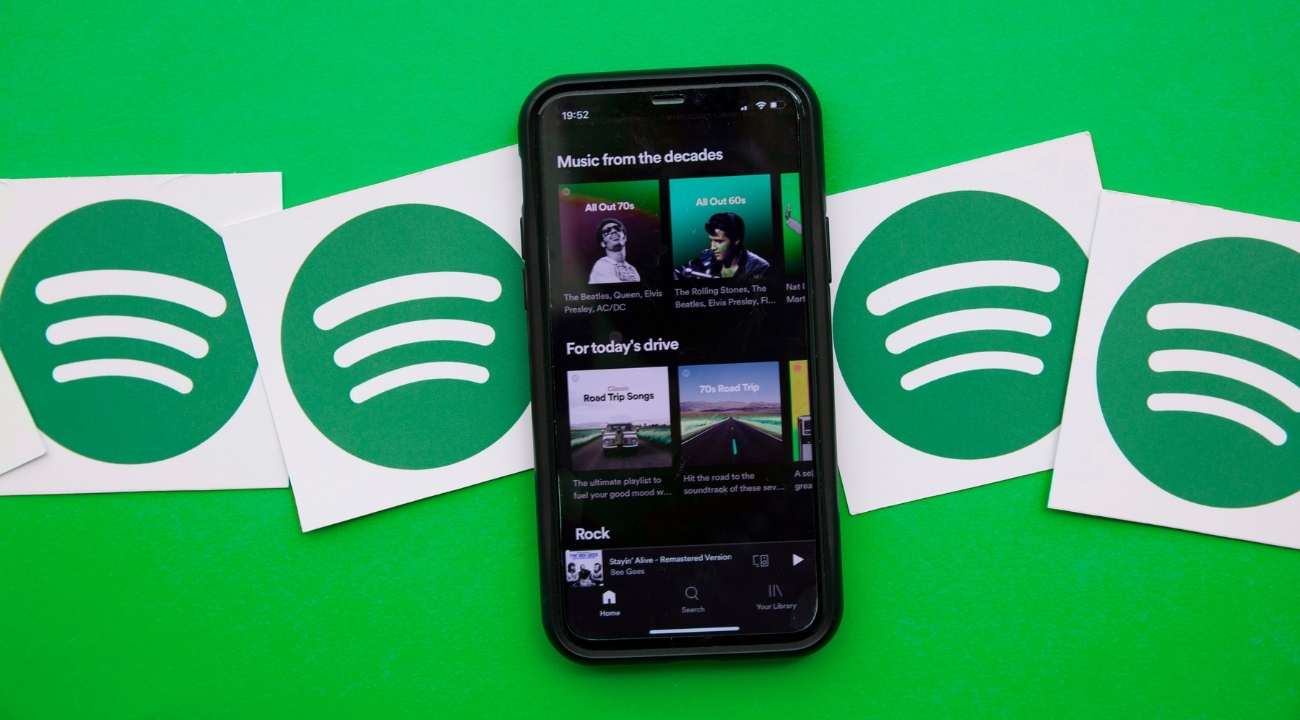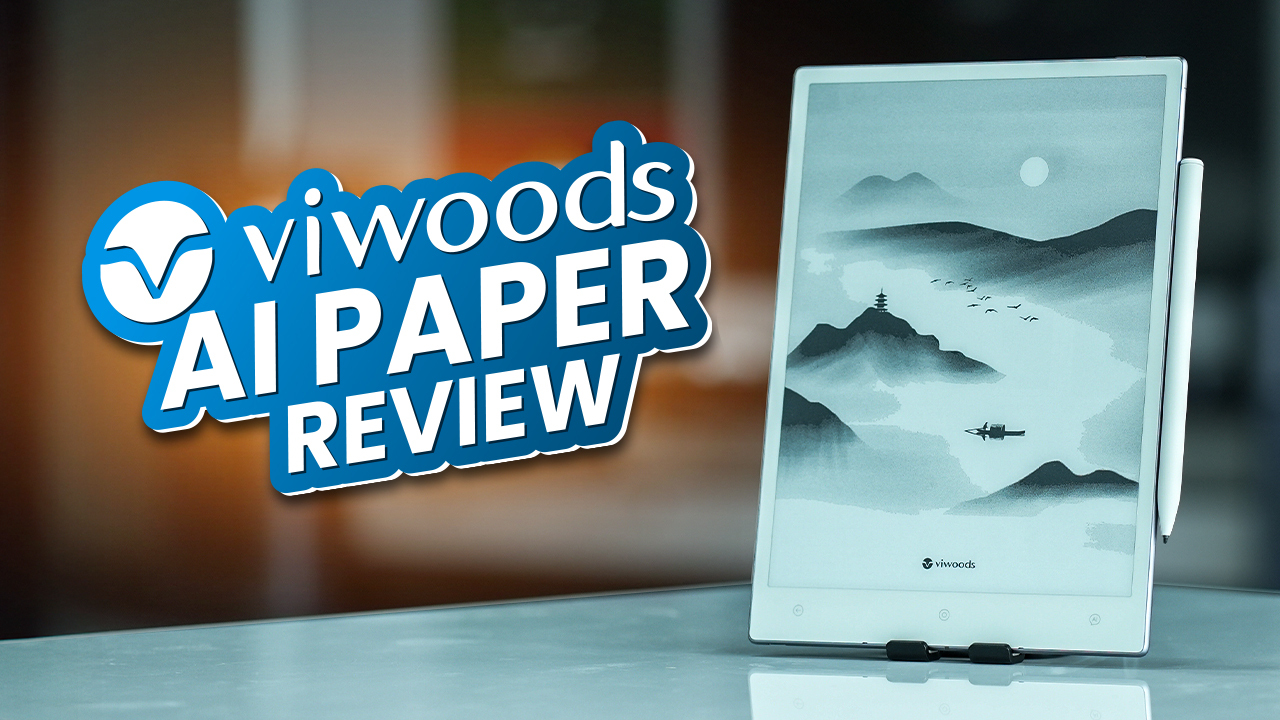Spotify is now the leading music streaming service in the world. The company has a reputation for effectively matching its users’ musical tastes and suggesting the most desired playlist. And this is one of the reasons for its success in the music streaming industry. But the vital question is- how does Spotify match the taste of its users so perfectly? Well, the magical ingredient is its highly advanced data science and Machine Learning system. Its AI is pretty efficient and gives its users an experience that even big giants like Apple music can’t match. And in this article, we will dig deep into the data science of Spotify to unveil how it gets the taste of its users and how it suggests the most accurate and engaging songs and other audio content to its users.
Company Overview
During the first decade of this century, the wide availability of the internet made several things a lot easier, which had a great impact on us, many businesses, and even the music industry. However, back then, the music industry had been facing massive issues. And to curb that problem music industry needed something that would provide consumers with music service more intriguing than pirated music and at the same time would pay to the music industry as well. So there was a gap in the market for a better musical service, and Daniel Ek and Martin Lorentzon were the first who identified the opportunity in 2006.
Spotify officially started its journey in 2008. With about 70 million tracks and over 2.9 million podcast titles, Spotify is now the world’s number one music streaming service. Today, it has about 365 million users, and among them, there are about 165 million subscribers. At present, Spotify is operating across 178 markets.
It’s not like Spotify is the only player in the music streaming market. There are many giants like Apple Music, Tidal, SoundCloud Go, and so on. So the vital question is- how did Spotify manage to get so much popularity in the music market? To be more specific, it lies in its data science algorithm. It is so efficient that the algorithm rapidly collects information on your musical taste soon as you use the app. Read on more to dig deep into its data science and how it works for Spotify to offer the most satisfying music streaming service.
Collaborative Filtering
Collaborative filtering is a recommendation system that considers the choices of similar users to form a recommendation list. For example: if you like a song named “x”, the algorithm will try to find out who else liked the “x” song and make a list of them. Then it will find out the person who has the highest number of common songs with you. After that, it will suggest the music listened to by that person, and you haven’t yet. This system has been used by online platforms like Netflix, Amazon, and many other top-notch tech-based companies.
There are two types of collaborative filtering processes that most companies use. The first one is the explicit feedback approach, and the other one is the implicit feedback approach. In the explicit feedback system, the algorithm uses the inputs given by the users and suggests the following product of service based on that user’s rating. Good to mention, Amazon Prime follows this system.
However, since Spotify doesn’t use an explicit system, it does not have a rating system or user feedback like other well-known streaming platforms. Instead, Spotify uses implicit feedback where the algorithm observes the behavior of the users to decide what to suggest the next. So the more time you spend with the app, the more it gets to know you better.
It may sound like a simple process, but there’s a lot this algorithm is capable of. First, Spotify tries to develop your taste profile based on the songs you listened to and saved, the singers’ profiles you visited, and so on. Meanwhile, there are billions of playlists made by other users. So nowadays, Spotify tries to locate the playlist that includes the songs you listened to and saved, which it used to find similar songs in that playlist. Then, from those similar songs, Spotify eliminates the songs you already have heard and creates a list of songs for “discover daily” that you are interested in, goes with your taste, and hasn’t heard them yet.
Natural Language Processing (NLP)
So far, we have understood how Collaborative filtering helps Spotify to understand the taste of its users. But how does Spotify detect similar music? And for your information, there are currently 70 million songs in its database. So determining similar songs among the mountains of songs must be a challenging task for Spotify. And this is where Natual language processing comes into play.
Natural Language Processing is an AI-based algorithm capable of crawling into blogs, articles, news, journals, and other text sources on the internet to extract text data.
But texts found on the internet are not organized. So before reaching a meaningful conclusion, the data extracted from different sources have to go through a critical process. Those processes include Tokenization, Stemming, Lemmatization, and so on, which finally resulted in meaningful data. This data is then sent to NLP APIs to determine the sentiment (positive, negative, or others) associated with the text.
Spotify utilizes Natural Language Processing to determine inferences about songs and singers. In this way, Spotify identifies the public sentiment of a song and its artist. Those sentiments are then translated into “top terms.” These terms are weighted. And all those top terms decide the “cultural vector” of a song, album, or artist. And this is how every song that is discussed over the internet gets evaluated and classified based on their “Cultural Vector” by Spotify. With the weight of the top terms of each song, their artists, and albums, Spotify identifies similar songs, which is then used in the collaborative filtering to offer the most relevant playlists in “daily mixes” and “discover weekly”.
This process is constructive for suggesting new songs. However, when a song is uploaded in the Spotify database, there is almost no information in the collaborative filtering. It is because there are not many users who would like to hear a new song. In that case, information found in articles, blogs, and so is the only way to determine the song’s mood, classification, how the music is being perceived to the audience, and which type of audience will like that song.
Conventional Neural Network (CNN)
For Natural Language processing, Spotify’s algorithm is dependent mainly on the resources available on the internet. However, there is another approach that the data science of Spotify utilizes, and it is the conventional neural network or CNN in short. In this case, the algorithm uses the songs that are available in its database.
With CNN, Spotify determines the pitch, tone, volume, mood, and other sound parameters to identify the type of that song. And based on the values of those parameters, the Spotify algorithm then categories the songs.
This approach eliminates the biases that might occur from Natural Language processing. Because it is possible that new songs and artists might not get any exposure online. Additionally, sometimes blog posts and articles can also be biased to a song. In those incidents, Natural Language Processing might not produce reliable results.
On the other hand, the conventional neural network is free from those bias issues as it depends on the inner characteristics of a song, rather than what is being discussed over the internet. Thus, this model is significantly helpful in bringing out new talents even if there is no coverage of that song or the artist on the internet.
So using the CNN algorithm, Spotify determines the sound profile of a song which is later recommended to potential listeners identified through collaborative filtering.
Conclusion
So that was all about how using data science made Spotify the world’s number 1 music streaming service. To be concise, Spotify utilizes Machine Learning to get an insight into the internal data about the users and the songs and external data. And using these three algorithms altogether, Spotify has been the most preferred song recommendation system to its users. But when a business model is totally dependent on technology, it is uncertain that it will keep its leading position forever, simply because technology is ever-changing. Competitors like Apple music and others are continually trying to improve their offerings and bring in new techs into their system. So there is no alternative of continuous technological innovation to Spotify.







